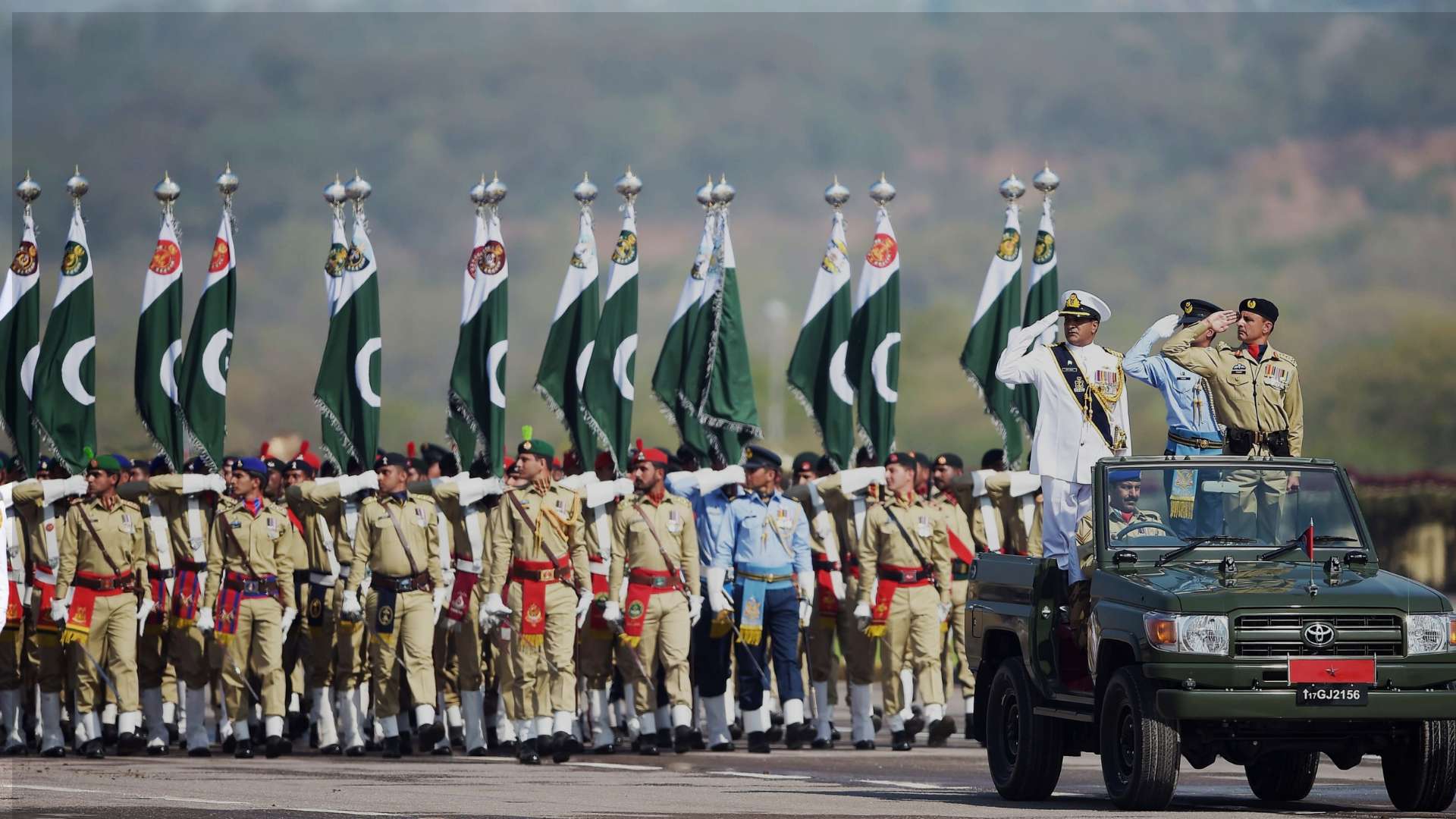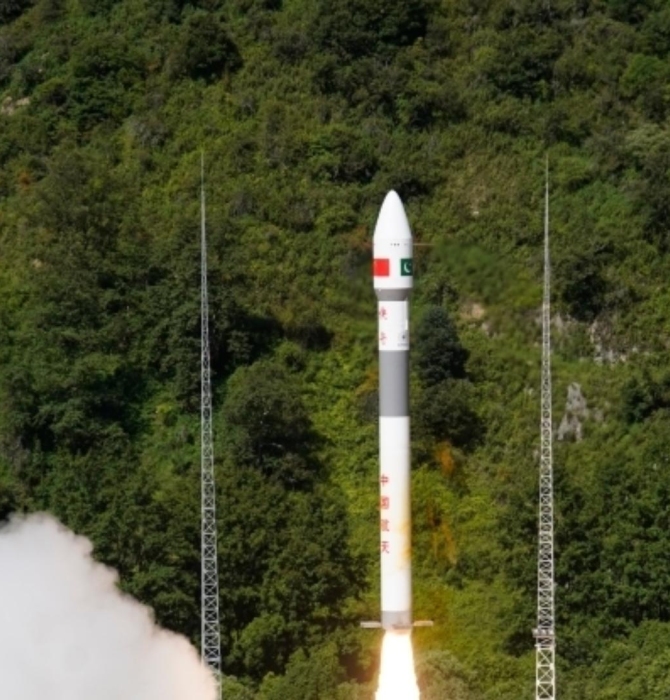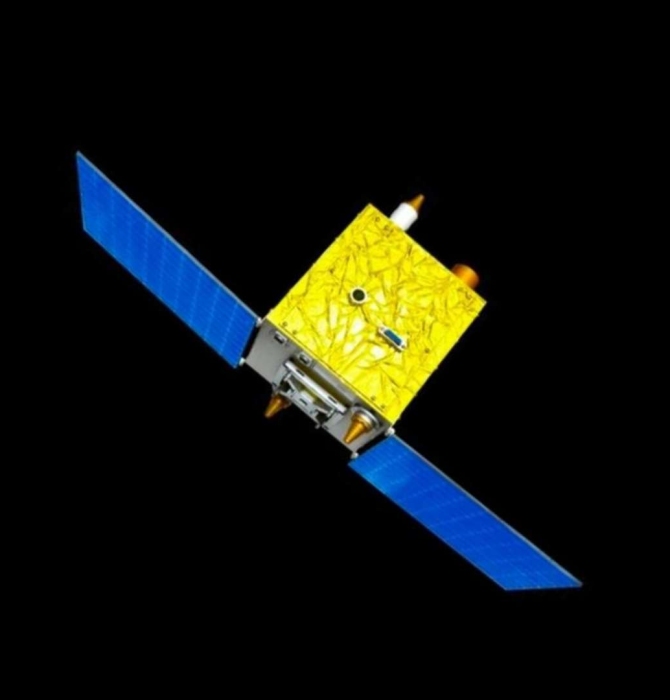5214Views

Pakistan Looks to Increase Annual Defence Budget Quwa Premium
Bilal Khan
Founder of Quwa, Bilal has been researching Pakistani defence industry and security issues for over 15 years. His work has been cited by Pakistan's National Defence University (NDU), the Council of Foreign Relations, Bulletin of Atomic Scientists, Centre of Airpower Studies and many others. He has a Hons. B.A in Political Science and Masters of Interntional Public Policy from Wilfrid Laurier University in Waterloo, Ontario, Canada.
In its upcoming fiscal budget for 2024 to 2025, the Pakistani government proposed allocating PKR 2.12 trillion to the country’s armed forces. If finalized, this would be a 17.6% increase over last year’s defence budget, which stood at PKR 1.804 trillion. Based on the Pakistani Rupee’s value vis-a-vis the U.S. Dollar today, the new budget would amount to $7.61 billion USD, a notable increase over the $6.49 billion USD allocated to the military last year (based on the PKR’s value at the time).
On face value, the forthcoming defence budget will account for 1.7% of GDP and 11.2% of the total fiscal budget. When viewed in PKR, the overall national budget has seen steep increases since 2022-2023, but this year seems to mark the first year of real growth in both domestic and foreign currency terms in some years, at least within the current decade. This is because the PKR’s value relative to the USD held steady over the past year; however, in USD terms, the forthcoming defence budget is still less than the amounts allocated to the armed forces in previous budgets, such as 2017-2018 (when the military had $8.78 billion USD in foreign currency available to it).
In terms of the 2024-2025 defence budget, the Pakistan Army is slated to receive 47.5% of it ($3.61 billion USD), the Pakistan Air Force (PAF) will receive 21.3% ($1.62 billion USD), the Pakistan Navy (PN) will get 10.8% ($821.9 million USD), and 22.3% ($1.70 billion) will go to inter-services organizations. The defence budget will support the following expenses: personnel costs (such as salaries) at 39% ($2.97 billion USD), physical asset costs at 25.8% ($1.96 billion), and operating expenses at 25% ($1.90 billion USD).
Overall, Pakistan’s forthcoming defence budget presents two notable questions: First, is Pakistan’s ability to finance big-ticket armaments increasing or, considering the country’s structural economic challenges, decreasing? Second, can Pakistan manage or control its rising personnel costs?
Is Pakistan’s Procurement Capacity Increasing?
Compared to 2023-2024, the 2024-2025 defence budget is a real increase in both PKR and USD. Thus, as far as arms imports are concerned, Pakistan is in a comparatively better position year-over-year (YoY) to finance such purchases. However, Pakistan’s past defence budget – such as 2016-2017 – had provided more USD due to the PKR’s stronger currency position in those years. Therefore, when one takes a more long-term view of the situation (e.g., 2020s versus 2010s), Pakistan’s ability to finance imports is weaker.
This opens the following question: Has Pakistan’s capacity to support defence expenditure diminished in recent years and, in turn, will it continue to weaken in the future? The answer is nuanced in that it would depend on the source of Pakistan’s future procurements. In other words, Pakistan’s ability to finance its domestically produced arms should generally increase, while its ability to import will decrease.
End of excerpt (490/1,527 words)
Log in or subscribe to read the rest of the article
Note: Logged in members may need to refresh the article page to see the article.


